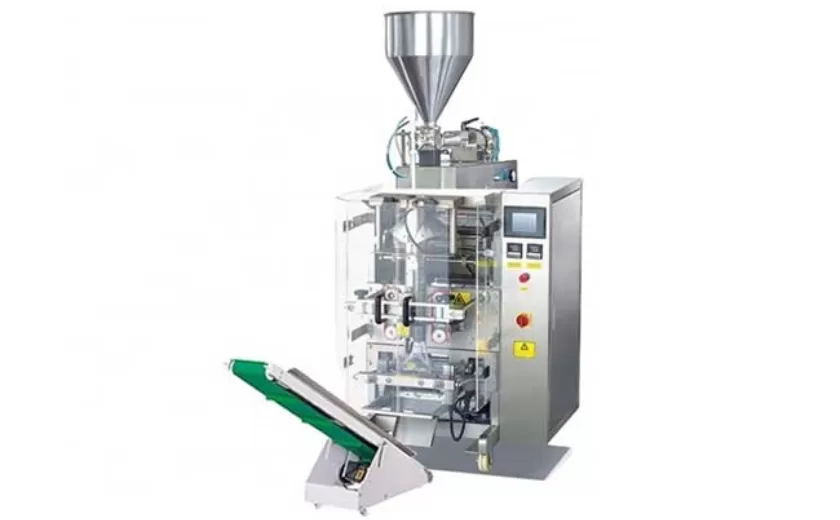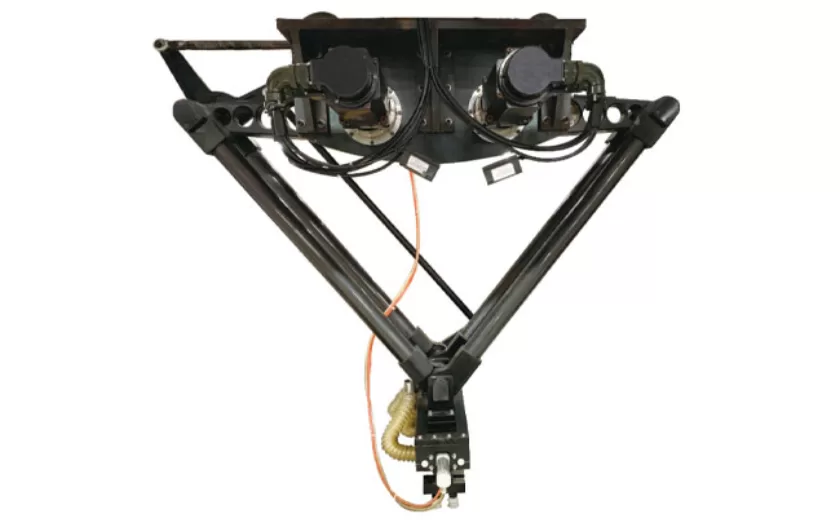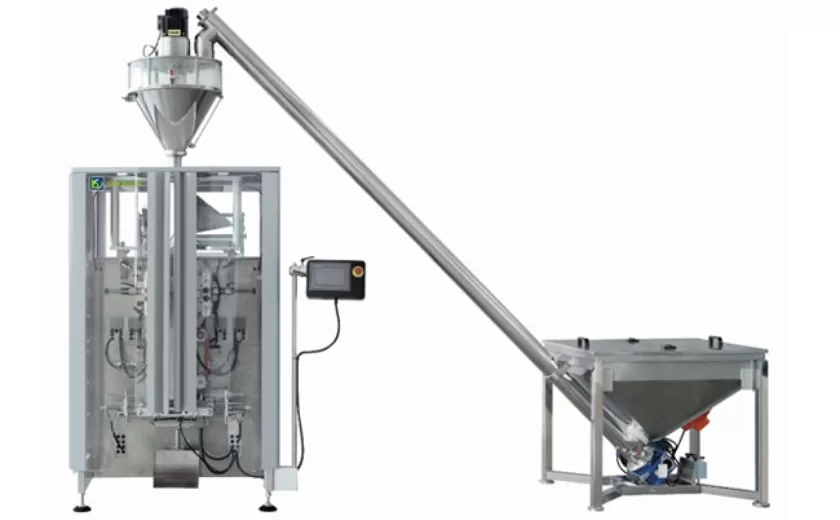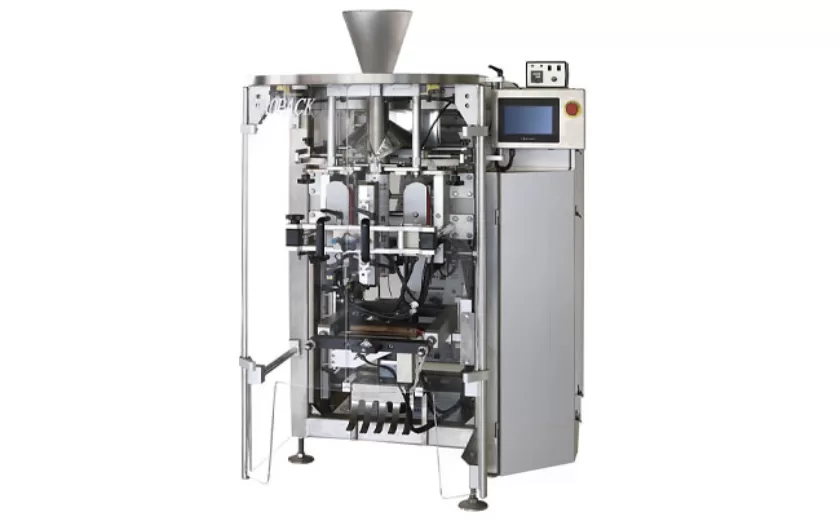Enhancing Brand Identity Through Effective Spice Packaging
In a competitive marketplace, brand identity is paramount. Striking packaging design can leave a lasting impression on consumers and influence their purchasing decisions. This article explores how effective spice packaging can significantly enhance brand identity, driving brand recognition and customer loyalty.
The packaging design should align with the brand’s core values and target audience. A vibrant color palette, evocative imagery, and unique typography can create a memorable visual identity. Visual elements should be consistent across all packaging designs to establish a cohesive brand aesthetic.
The packaging should clearly communicate the product’s identity and unique selling points. Include essential information such as ingredient list, nutritional facts, and storage instructions. By highlighting the product’s unique features, the packaging reinforces the brand’s value proposition and encourages consumer purchase.
Sensory appeal plays a crucial role in brand identity. The packaging should engage the senses by incorporating subtle textures, tactile elements, or even scents. Exploring unusual textures or materials can create a tactile experience, enhancing the consumer’s physical interaction with the brand.
Packaging can serve as a medium for storytelling, fostering an emotional connection with the brand. Incorporating brand history, mission, or even user-generated content adds depth and personality to the packaging. By sharing the brand’s narrative, the packaging transforms into a memorable and engaging brand ambassador.
Consumers increasingly prefer brands that align with their values. Utilizing sustainable packaging materials not only reduces environmental impact but also aligns with brand messaging. Packaging made from biodegradable or recyclable materials conveys a commitment to sustainability, enhancing the brand’s reputation and fostering a positive brand image.
Packaging consistency ensures brand recognition and memorability. Maintaining a consistent design aesthetic, typography, and visual elements across all packaging designs creates a cohesive and recognizable brand identity. Consumers associate specific packaging elements with the brand, leading to instant recognition in retail environments and online platforms.
Advanced technologies, such as QR codes or augmented reality, can enhance consumer engagement. By incorporating interactive elements, the packaging becomes a bridge between the physical and digital worlds. Consumers can access additional product information, recipes, or exclusive content, enriching their brand experience.
Effective spice packaging plays a pivotal role in enhancing brand identity. By embracing distinctive packaging elements, showcasing product details, evoking sensory experiences, and leveraging storytelling, brands can create a memorable and recognizable packaging design that resonates with consumers. Moreover, incorporating sustainable practices and utilizing technology can further elevate the brand’s image and drive consumer loyalty.
The packaging design should align with the brand’s core values and target audience. A vibrant color palette, evocative imagery, and unique typography can create a memorable visual identity. Visual elements should be consistent across all packaging designs to establish a cohesive brand aesthetic.
The packaging should clearly communicate the product’s identity and unique selling points. Include essential information such as ingredient list, nutritional facts, and storage instructions. By highlighting the product’s unique features, the packaging reinforces the brand’s value proposition and encourages consumer purchase.
Sensory appeal plays a crucial role in brand identity. The packaging should engage the senses by incorporating subtle textures, tactile elements, or even scents. Exploring unusual textures or materials can create a tactile experience, enhancing the consumer’s physical interaction with the brand.
Packaging can serve as a medium for storytelling, fostering an emotional connection with the brand. Incorporating brand history, mission, or even user-generated content adds depth and personality to the packaging. By sharing the brand’s narrative, the packaging transforms into a memorable and engaging brand ambassador.
Consumers increasingly prefer brands that align with their values. Utilizing sustainable packaging materials not only reduces environmental impact but also aligns with brand messaging. Packaging made from biodegradable or recyclable materials conveys a commitment to sustainability, enhancing the brand’s reputation and fostering a positive brand image.
Packaging consistency ensures brand recognition and memorability. Maintaining a consistent design aesthetic, typography, and visual elements across all packaging designs creates a cohesive and recognizable brand identity. Consumers associate specific packaging elements with the brand, leading to instant recognition in retail environments and online platforms.
Advanced technologies, such as QR codes or augmented reality, can enhance consumer engagement. By incorporating interactive elements, the packaging becomes a bridge between the physical and digital worlds. Consumers can access additional product information, recipes, or exclusive content, enriching their brand experience.
Effective spice packaging plays a pivotal role in enhancing brand identity. By embracing distinctive packaging elements, showcasing product details, evoking sensory experiences, and leveraging storytelling, brands can create a memorable and recognizable packaging design that resonates with consumers. Moreover, incorporating sustainable practices and utilizing technology can further elevate the brand’s image and drive consumer loyalty.
The packaging should clearly communicate the product’s identity and unique selling points. Include essential information such as ingredient list, nutritional facts, and storage instructions. By highlighting the product’s unique features, the packaging reinforces the brand’s value proposition and encourages consumer purchase.
Sensory appeal plays a crucial role in brand identity. The packaging should engage the senses by incorporating subtle textures, tactile elements, or even scents. Exploring unusual textures or materials can create a tactile experience, enhancing the consumer’s physical interaction with the brand.
Packaging can serve as a medium for storytelling, fostering an emotional connection with the brand. Incorporating brand history, mission, or even user-generated content adds depth and personality to the packaging. By sharing the brand’s narrative, the packaging transforms into a memorable and engaging brand ambassador.
Consumers increasingly prefer brands that align with their values. Utilizing sustainable packaging materials not only reduces environmental impact but also aligns with brand messaging. Packaging made from biodegradable or recyclable materials conveys a commitment to sustainability, enhancing the brand’s reputation and fostering a positive brand image.
Packaging consistency ensures brand recognition and memorability. Maintaining a consistent design aesthetic, typography, and visual elements across all packaging designs creates a cohesive and recognizable brand identity. Consumers associate specific packaging elements with the brand, leading to instant recognition in retail environments and online platforms.
Advanced technologies, such as QR codes or augmented reality, can enhance consumer engagement. By incorporating interactive elements, the packaging becomes a bridge between the physical and digital worlds. Consumers can access additional product information, recipes, or exclusive content, enriching their brand experience.
Effective spice packaging plays a pivotal role in enhancing brand identity. By embracing distinctive packaging elements, showcasing product details, evoking sensory experiences, and leveraging storytelling, brands can create a memorable and recognizable packaging design that resonates with consumers. Moreover, incorporating sustainable practices and utilizing technology can further elevate the brand’s image and drive consumer loyalty.
Sensory appeal plays a crucial role in brand identity. The packaging should engage the senses by incorporating subtle textures, tactile elements, or even scents. Exploring unusual textures or materials can create a tactile experience, enhancing the consumer’s physical interaction with the brand.
Packaging can serve as a medium for storytelling, fostering an emotional connection with the brand. Incorporating brand history, mission, or even user-generated content adds depth and personality to the packaging. By sharing the brand’s narrative, the packaging transforms into a memorable and engaging brand ambassador.
Consumers increasingly prefer brands that align with their values. Utilizing sustainable packaging materials not only reduces environmental impact but also aligns with brand messaging. Packaging made from biodegradable or recyclable materials conveys a commitment to sustainability, enhancing the brand’s reputation and fostering a positive brand image.
Packaging consistency ensures brand recognition and memorability. Maintaining a consistent design aesthetic, typography, and visual elements across all packaging designs creates a cohesive and recognizable brand identity. Consumers associate specific packaging elements with the brand, leading to instant recognition in retail environments and online platforms.
Advanced technologies, such as QR codes or augmented reality, can enhance consumer engagement. By incorporating interactive elements, the packaging becomes a bridge between the physical and digital worlds. Consumers can access additional product information, recipes, or exclusive content, enriching their brand experience.
Effective spice packaging plays a pivotal role in enhancing brand identity. By embracing distinctive packaging elements, showcasing product details, evoking sensory experiences, and leveraging storytelling, brands can create a memorable and recognizable packaging design that resonates with consumers. Moreover, incorporating sustainable practices and utilizing technology can further elevate the brand’s image and drive consumer loyalty.
Packaging can serve as a medium for storytelling, fostering an emotional connection with the brand. Incorporating brand history, mission, or even user-generated content adds depth and personality to the packaging. By sharing the brand’s narrative, the packaging transforms into a memorable and engaging brand ambassador.
Consumers increasingly prefer brands that align with their values. Utilizing sustainable packaging materials not only reduces environmental impact but also aligns with brand messaging. Packaging made from biodegradable or recyclable materials conveys a commitment to sustainability, enhancing the brand’s reputation and fostering a positive brand image.
Packaging consistency ensures brand recognition and memorability. Maintaining a consistent design aesthetic, typography, and visual elements across all packaging designs creates a cohesive and recognizable brand identity. Consumers associate specific packaging elements with the brand, leading to instant recognition in retail environments and online platforms.
Advanced technologies, such as QR codes or augmented reality, can enhance consumer engagement. By incorporating interactive elements, the packaging becomes a bridge between the physical and digital worlds. Consumers can access additional product information, recipes, or exclusive content, enriching their brand experience.
Effective spice packaging plays a pivotal role in enhancing brand identity. By embracing distinctive packaging elements, showcasing product details, evoking sensory experiences, and leveraging storytelling, brands can create a memorable and recognizable packaging design that resonates with consumers. Moreover, incorporating sustainable practices and utilizing technology can further elevate the brand’s image and drive consumer loyalty.
Consumers increasingly prefer brands that align with their values. Utilizing sustainable packaging materials not only reduces environmental impact but also aligns with brand messaging. Packaging made from biodegradable or recyclable materials conveys a commitment to sustainability, enhancing the brand’s reputation and fostering a positive brand image.
Packaging consistency ensures brand recognition and memorability. Maintaining a consistent design aesthetic, typography, and visual elements across all packaging designs creates a cohesive and recognizable brand identity. Consumers associate specific packaging elements with the brand, leading to instant recognition in retail environments and online platforms.
Advanced technologies, such as QR codes or augmented reality, can enhance consumer engagement. By incorporating interactive elements, the packaging becomes a bridge between the physical and digital worlds. Consumers can access additional product information, recipes, or exclusive content, enriching their brand experience.
Effective spice packaging plays a pivotal role in enhancing brand identity. By embracing distinctive packaging elements, showcasing product details, evoking sensory experiences, and leveraging storytelling, brands can create a memorable and recognizable packaging design that resonates with consumers. Moreover, incorporating sustainable practices and utilizing technology can further elevate the brand’s image and drive consumer loyalty.
Packaging consistency ensures brand recognition and memorability. Maintaining a consistent design aesthetic, typography, and visual elements across all packaging designs creates a cohesive and recognizable brand identity. Consumers associate specific packaging elements with the brand, leading to instant recognition in retail environments and online platforms.
Advanced technologies, such as QR codes or augmented reality, can enhance consumer engagement. By incorporating interactive elements, the packaging becomes a bridge between the physical and digital worlds. Consumers can access additional product information, recipes, or exclusive content, enriching their brand experience.
Effective spice packaging plays a pivotal role in enhancing brand identity. By embracing distinctive packaging elements, showcasing product details, evoking sensory experiences, and leveraging storytelling, brands can create a memorable and recognizable packaging design that resonates with consumers. Moreover, incorporating sustainable practices and utilizing technology can further elevate the brand’s image and drive consumer loyalty.
Advanced technologies, such as QR codes or augmented reality, can enhance consumer engagement. By incorporating interactive elements, the packaging becomes a bridge between the physical and digital worlds. Consumers can access additional product information, recipes, or exclusive content, enriching their brand experience.
Effective spice packaging plays a pivotal role in enhancing brand identity. By embracing distinctive packaging elements, showcasing product details, evoking sensory experiences, and leveraging storytelling, brands can create a memorable and recognizable packaging design that resonates with consumers. Moreover, incorporating sustainable practices and utilizing technology can further elevate the brand’s image and drive consumer loyalty.
-

Advanced Packing Solutions: Snacks, Sugar, and Frozen Food Machines
29-10-2025 -

Efficient and Reliable Solutions for Salt, Nuts, and Frozen Dumplings Packing
29-10-2025 -

High-Performance Biscuits, Lollipop, and Ketchup Packing Machines for Modern Food Production
29-10-2025 -

Efficient Liquid Filling and Packing Machines for Modern Production
23-10-2025 -

Reliable Granule Packaging Machines for Efficient Production
23-10-2025 -

Efficient Auger Powder Filling Machines for Accurate Packaging
23-10-2025 -

High-Performance Liquid Filling and Packing Machines for Hygienic Production
10-10-2025 -

High-Efficiency Granule Packaging Machines for Precision and Speed
10-10-2025 -

High-Precision Auger Type Powder Filling Machines for Efficient Packaging
10-10-2025 -

Efficient Vertical Form Fill Seal Packaging Machines for Smart Production
10-10-2025





